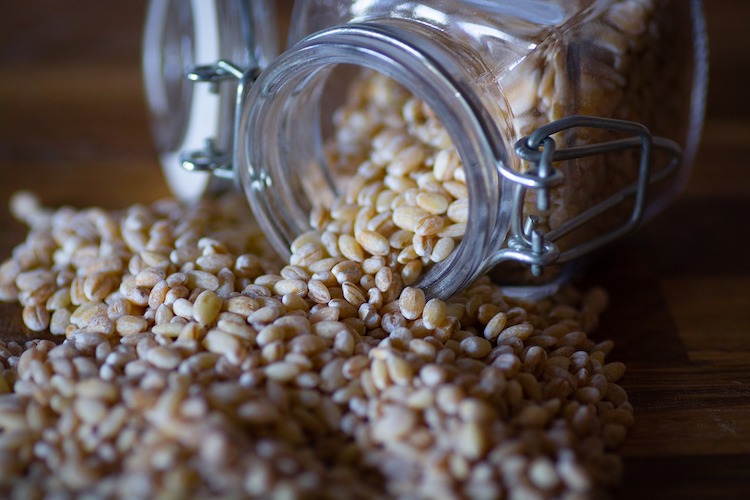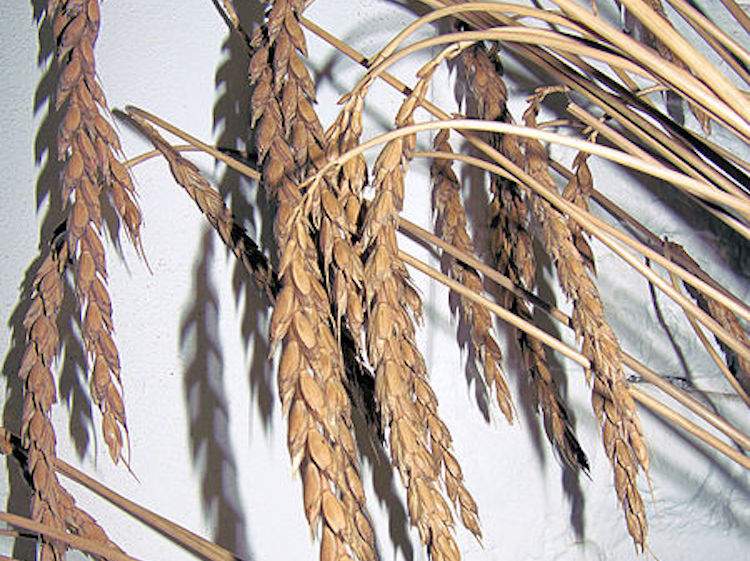Should You Be Eating Spelt?
Most people have heard of spelt, but what exactly is it? Well, it has some pretty amazing health benefits, like boosting immune function, improving digestion, lowering blood sugar and cholesterol, increasing circulation, and regulating metabolism. So how do we integrate more of it into our regular diet?

What Is It?
Spelt is a type of cereal or grain that is very closely related to wheat. It was first cultivated about 8,000 years ago, making it one of the oldest purposefully cultivated crops in history. While it’s very similar to bread wheat, for some reason bread wheat became much more widely used and spelt became the forgotten grain.
Its popularity has started to gain some ground again in Europe and the UK. Its high vitamin and mineral content and essential organic compounds—which are missing from wheat—are likely the reason for its resurgence.

Nutrition Facts
Spelt is high in carbohydrates, just like what you’d expect from a grain, but the surprise is that it’s also really packed with protein, boasting 21% of the recommended daily allowance (RDA). Even better, it has 30% of the RDA of dietary fiber. Also containing higher levels of vitamin B6, thiamine, folic acid, iron, manganese, magnesium, niacin, selenium, zinc, and potassium, it’s a much better dietary choice than wheat.
Spelt Flour
Flour made from spelt is used to make nutrient-rich, textured pasta, breads, and baked goods, but it’s especially good as flatbread pizza dough. Sometimes it’s even used to brew beer. The flour can be found at health food stores and some grocery stores in North America, England, the Netherlands, and Germany.

Health Benefits
Boosts Immune Function
High levels of thiamine stimulate the body’s defensive mechanism, thus providing a boost to the immune system, while at the same time helping to ease physical stress and anxiety.
Improves Digestion
Lots of dietary fiber contributes to increased efficiency in digestion. This fiber adds bulk to stools and helps move food through the intestinal tract, reducing problems such as cramping, bloating, gas, diarrhea, and constipation.
Improves Bone Strength
Many of the minerals that are abundant in spelt, but especially phosphorus, along with high concentrations of protein, contribute to the strength and development of bone matrix. This helps to lessen the risk of osteoporosis and other age-related skeletal conditions.
That same phosphorous and protein combination also helps promote the growth of new tissues, organs, muscles, bone, and blood vessels.
Regulates Cholesterol
The dietary fiber found in spelt also helps to lower levels of LDL cholesterol in the blood by inhibiting absorption of cholesterol from food.
Hormone Regulation
Found in significant quantities in spelt, niacin is a vitamin that plays an essential role in regulating the function of the adrenal glands, especially in the production of sex hormones. The adrenal glands are often taxed in times of stress and overwork, which for many, is quite often.
Helps Control Diabetes
Again, that high fiber content comes to the rescue. It helps regulate the breakdown and release of simple sugars in glucose. This regulation thus helps manage diabetes for many sufferers and may help prevent other people from getting it at all.
Improves Blood Circulation
High levels of iron found in spelt help to create red blood cells and increase blood flow. This increased flow of blood helps to oxygenate organs and tissues and thus boost energy and healing ability. It can also help prevent anemia and improve hair growth.
With all the amazing health benefits that spelt has to offer, it’s surprising to see that it fell into obscurity for so long. Now that more research is being done, spelt is growing in popularity and now beginning to get the recognition it deserves as a health-promoting grain.
